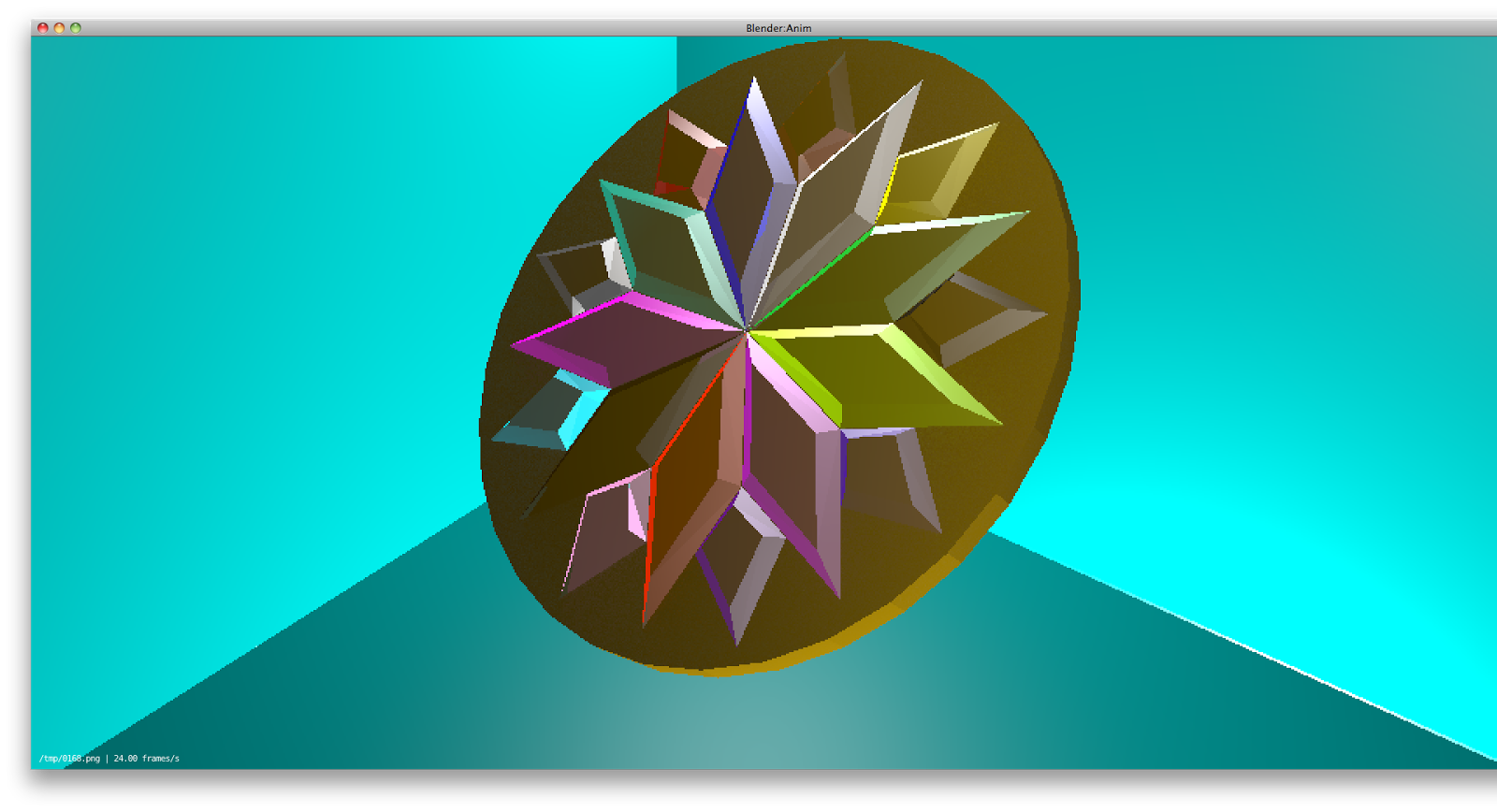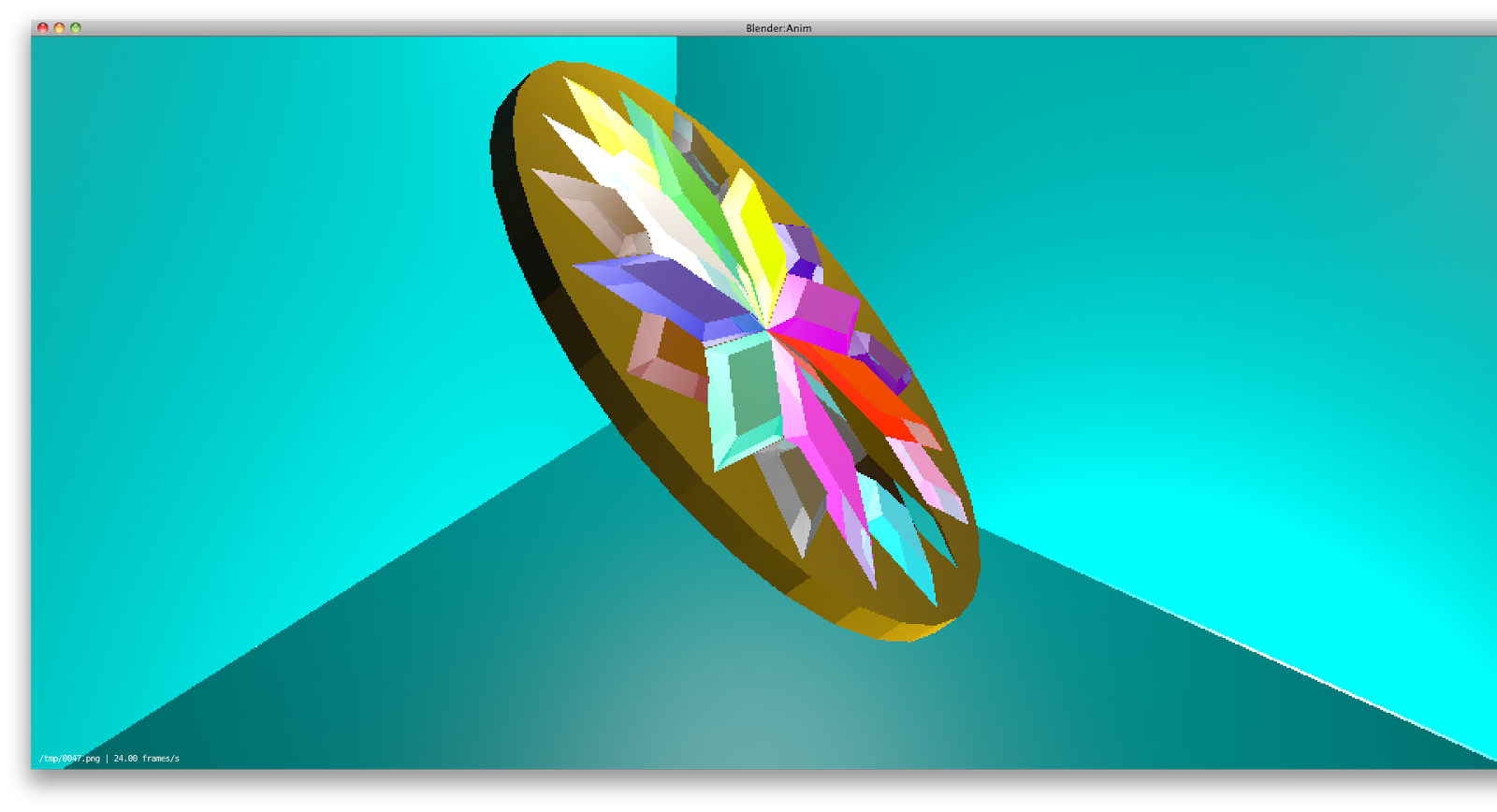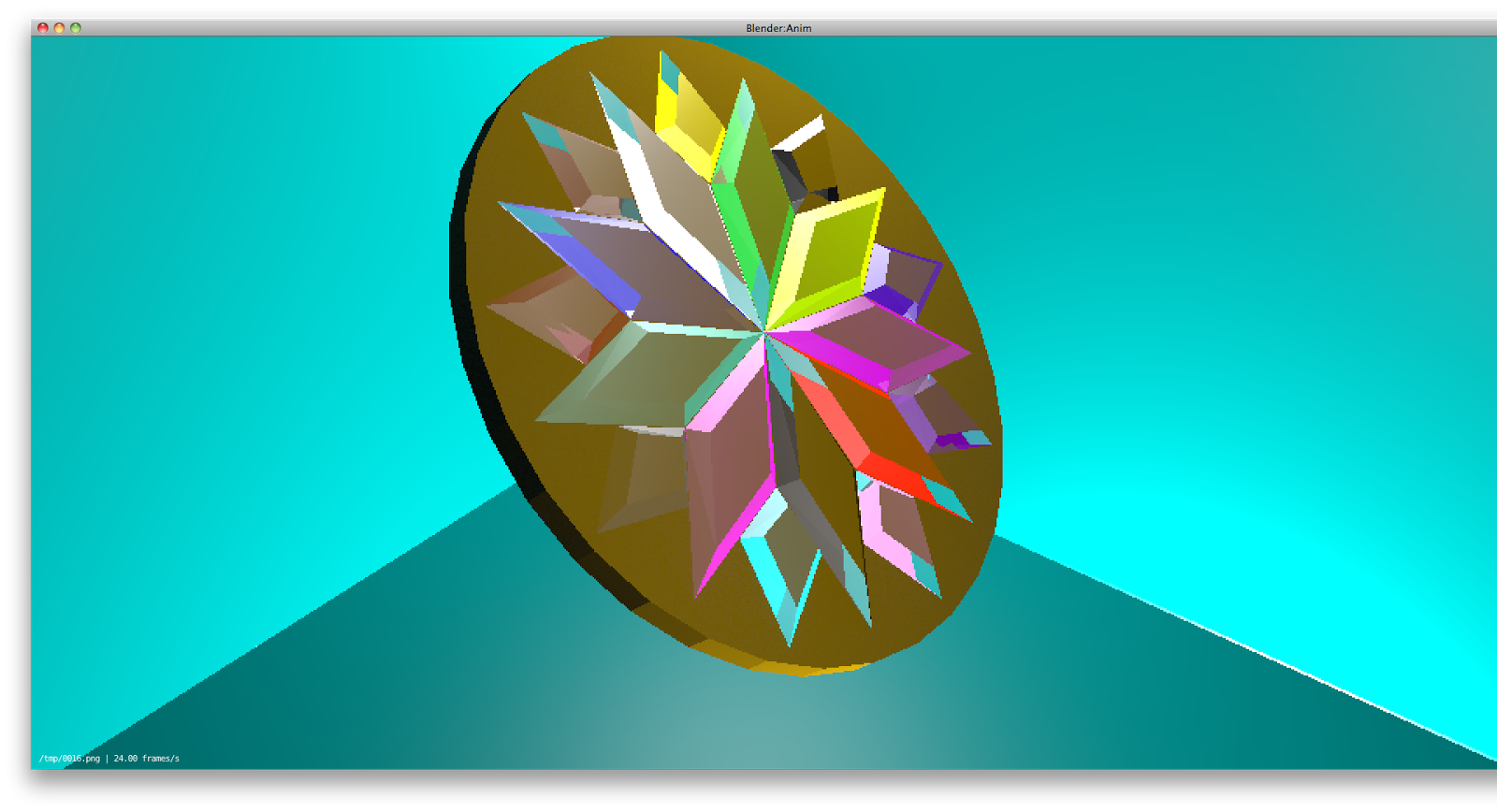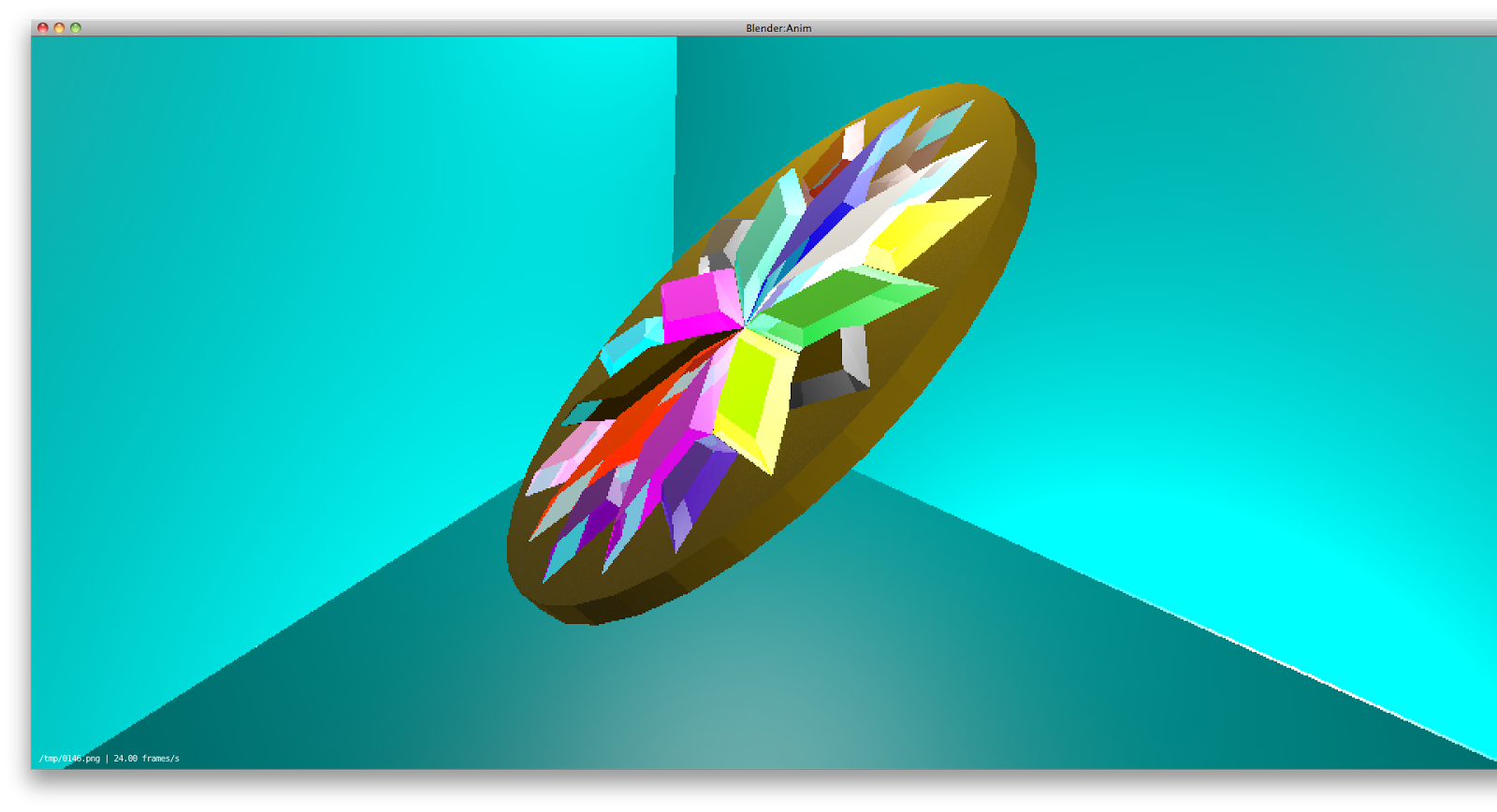Developers: Rovio Entertainment
Genre: Puzzle
Platforms: iOS, Mac, Mac OS X, Android, Windows Phone, Blackberry Tablet OS, Blackberry 10, Facebook, Playstation Store, Google Plus, Google Chrome, WebGL, HP webOS, Samsung Smart TV, Maemo, MeeGo, Symbian^3, Series 40, Bada, Roku
 I think there is something we can all agree on here. Whenever you think of app games one of the first games to pop into your head is Angry Birds. A good amount of people would all agree that this game, and its rapidly expanding franchise, has become the face of app games, much like Mario is for Nintendo. Therefore it would be somewhat foolish not to look at this game when an app game is what you're trying to create, so in this review I'm going to cover the original Angry Birds, where it all began for this globally successful franchise. One look at it and it becomes clear that the game takes a turn for the cartoony. The environments and characters look like they were originally made as doodles and then copied and pasted onto the game's template. In short the graphics are very basic, but the game makes up for this by experimenting with the game objects and manipulating them in new and interesting ways and forms. The cartoony graphics also give the game a more fun look, and the style makes the objects placed into the game clearly prominent and identifiable.
I think there is something we can all agree on here. Whenever you think of app games one of the first games to pop into your head is Angry Birds. A good amount of people would all agree that this game, and its rapidly expanding franchise, has become the face of app games, much like Mario is for Nintendo. Therefore it would be somewhat foolish not to look at this game when an app game is what you're trying to create, so in this review I'm going to cover the original Angry Birds, where it all began for this globally successful franchise. One look at it and it becomes clear that the game takes a turn for the cartoony. The environments and characters look like they were originally made as doodles and then copied and pasted onto the game's template. In short the graphics are very basic, but the game makes up for this by experimenting with the game objects and manipulating them in new and interesting ways and forms. The cartoony graphics also give the game a more fun look, and the style makes the objects placed into the game clearly prominent and identifiable.

Sounds simple from the front, and it is at the start of the game. Once you get into the game and manage to clear a few levels however, the structures become more ingenuitive in their construction and can't simply be brought down by any regular shot. Different varieties of birds, easily recognisable by their different colours, are also added into the game which have varying effects ranging from dropping explosive eggs, to splitting into smaller birds and battering the structure. The game requires you to be strategic about how to use the different birds and where to aim on the structure to achieve the maximum possible damage. In the later levels, tilting the birds trajectory ever so slightly can make the biggest difference in the effectiveness of the shot.

Whatever the trick is, it manages to make them so. Of the hundreds of Game franchises on smart phones or not, Games that do that are few and far between. Angry birds is one of those few. It has everything needed in an effective app game, iconic characters and cheery and cartoony setting, packed with content that all uses the same formula but produces new styles each time and incentive to complete each level the best that is possible and compete with others for leaderboard spots. It's the ideal that app game, and truly deserves to be successful.
Profile Information and Angry Birds logo
Image 1
Image 2
Image 3
Image 4
Image 5
Image 6
Image 7
In terms of gameplay itself you play as a group of cartoony looking, plump, limbless and (as the game title suggests) very annoyed looking birds, trying to bring down a group of cartoony looking, plump, limbless green hogs. The aim of the game remains constant throughout the levels. You control an enormous slingshot, where the birds turn themselves into your ammunition. The goal is to bring down a structure, made of various breakable objects, to take out the pigs seeking shelter inside. Upon taking damage both the birds and pigs accumulate various bumps and bruises before finally poofing out of existence in a puff of feathers, or in the pig's case a decent amount of points. Your ammunition is however limited to about 3 to 6 shots so the game encourages tactical use of the shots to reach the pigs and complete the levels.
Sounds simple from the front, and it is at the start of the game. Once you get into the game and manage to clear a few levels however, the structures become more ingenuitive in their construction and can't simply be brought down by any regular shot. Different varieties of birds, easily recognisable by their different colours, are also added into the game which have varying effects ranging from dropping explosive eggs, to splitting into smaller birds and battering the structure. The game requires you to be strategic about how to use the different birds and where to aim on the structure to achieve the maximum possible damage. In the later levels, tilting the birds trajectory ever so slightly can make the biggest difference in the effectiveness of the shot.

The game's layout is similar to Candy Crush in that it uses levels rather than a single infinite stage. It also utilizes a scoring and rating system, having points being accumulated for destroy pieces of the structure, taking out the pigs themselves, which are required for level completion, and also how many birds haven't been used after all of the pigs are exterminated. Depending on how well you do, you get awarded up to 3 gold stars on each level, as well as a very happy looking bird appearing beside it to show the level's completion. Unlike many popular app games however Angry Birds doesn't have a built in leaderboard system, or a means to directly compare your high score with others in your social circle. Instead there is an online leaderboard where total scores within each game can be submitted onto a single league. This enables the chance to aim for high scores among the global rankings for the game.
The major point however about the characters within the game, as well as the play style is that they're iconic and also memorable. Mario from the Super Mario franchise, Pikachu from Pokémon, Sonic from the Sonic the Hedgehog series. All of them are iconic, as too are the Angry Birds from this game. Being iconic is something that all commercially successful games have managed to do, though it's difficult to completely explain exactly what it is about them that makes them iconic. Perhaps it's how simple the characters actually are, it may be due to the way that they manage to change the general image of the things that they are based off.
Angry Birds is also not without its additional content. If you're having trouble on a particular level you have the opportunity to purchase various power-ups and skills to aid you in completing the levels. These include mega sizing the slingshot to increase the shot's power, range and height, causing a small earthquake that shakes the structure and occasionally dislodges pieces and pigs, and making the bird being fired to grow bigger and stronger. You are given a set of power-ups to use at the start, however once they are used you have to purchase more if you wish to use them again. One particular power-up - The Mighty Eagle, which is purchased once and afterwards becomes permanently available, also unlocks an entirely new challenge within each level; the goal being to use the power-up to destroy everything in the stage. For each stage this is accomplished in you receive a feather to that you've done so, which also gives incentive to come back and redo levels and have fun obliterating everything within them. With later updates to the game a new way to earn power-ups has become available. Once per day when a level is started a slot machine appears before the level starts and grants you a random power-up that goes straight to your inventory, enabling power-ups to be obtained free of charge, albeit randomly.
Angry Birds also has a tremendous amount of levels. When it was first released there was a single episode containing 3 worlds. Each world has 21 levels, creating a total of 63 levels to play. Since then the game has been repeatedly updated, and now contains 10 episodes and a grand total of 420 levels to complete. In short you won't be done with this game in a single day, or even a single week. This game is packed with content and each level contains a new creative structural layout that's begging to be toppled. The levels do require being completed in order to be able to continue playing an episode. It is however possible to start any episode at any point, regardless of whether the previous episode has been completed. It's possible to complete episode 9 before episode 1 if so wished, but the levels for each do require completing in order however.
Angry Birds also has a tremendous amount of levels. When it was first released there was a single episode containing 3 worlds. Each world has 21 levels, creating a total of 63 levels to play. Since then the game has been repeatedly updated, and now contains 10 episodes and a grand total of 420 levels to complete. In short you won't be done with this game in a single day, or even a single week. This game is packed with content and each level contains a new creative structural layout that's begging to be toppled. The levels do require being completed in order to be able to continue playing an episode. It is however possible to start any episode at any point, regardless of whether the previous episode has been completed. It's possible to complete episode 9 before episode 1 if so wished, but the levels for each do require completing in order however.
Whatever the trick is, it manages to make them so. Of the hundreds of Game franchises on smart phones or not, Games that do that are few and far between. Angry birds is one of those few. It has everything needed in an effective app game, iconic characters and cheery and cartoony setting, packed with content that all uses the same formula but produces new styles each time and incentive to complete each level the best that is possible and compete with others for leaderboard spots. It's the ideal that app game, and truly deserves to be successful.
Profile Information and Angry Birds logo
Image 1
Image 2
Image 3
Image 4
Image 5
Image 6
Image 7












